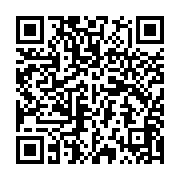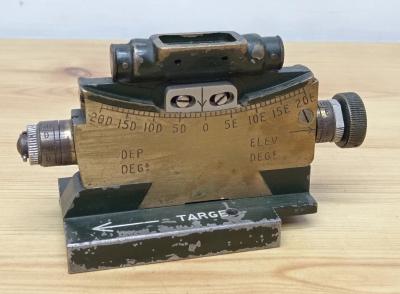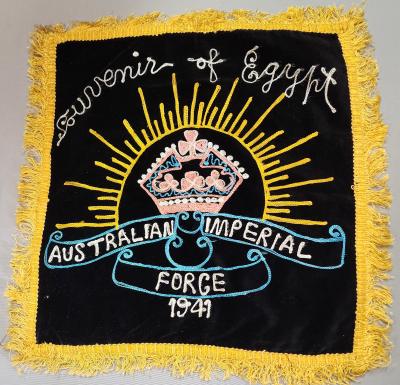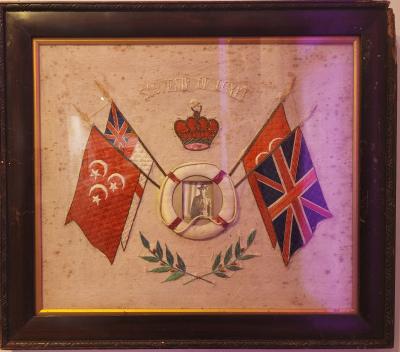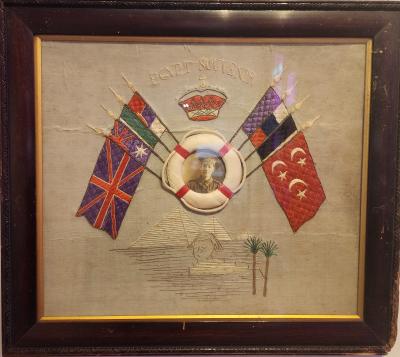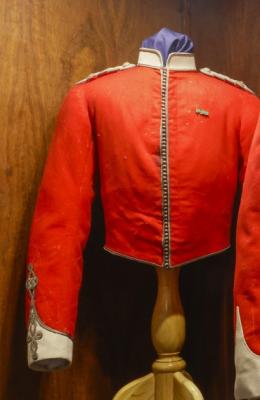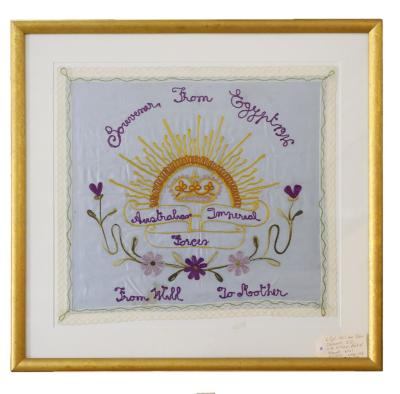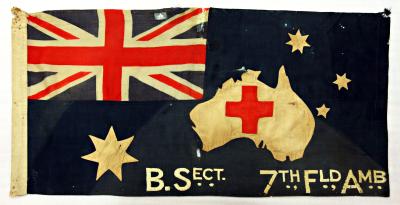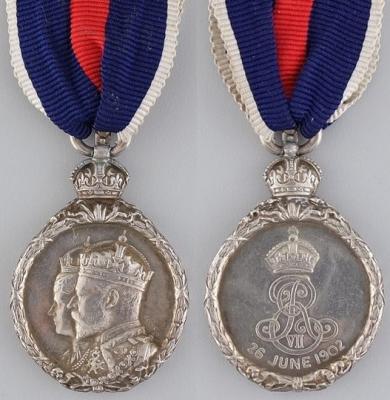Magnetic Marching Compas, Mk 1
The black square marching compass was introduced in World War 2 as an alternative to the more expensive prismatic compass in use since World War 1. This compass is made of Bakelite and when folded has a distinctive square shape with a small brass loop sitting over the main body of the compass. The brass loop was to slot your thumb through to hold the compass steady to take a bearing. The compass opened up into two parts, one was a silvered panel with a slot cut through it to look down when taking a bearing, whilst the other half had the compass itself. The dial of the compass sat around the luminescent needle and could be rotated to take a bearing.
Although a stop gap wartime design, the marching compass was well regarded as it was easier to use than the prismatic type and it continued in service into the post war era alongside the earlier and more sophisticated design for many years to come.
Details
Details
Like many marching compasses, this example was made by ‘The Gramophone Company’ and their initials T G Co Ltd are marked on the rear together with a /|\ mark and the compass’ designation. T.G. Co. Ltd. was the abbreviation used by The Gramophone Company. This firm merged with its subsidiary His Master’s Voice and with Columbia Graphophone Co. in 1931 to become EMI (Electric& Musical Industries) who continued to use “The Gramophone Co.” trademark for various items, changing it for the War contracts to just T.G. Co. Ltd. In reality, F. Barker& Son built these compasses since they all carry the B prefix to the serial number. T. G. Co. disappeared as soon as WW2 finished. This company name was probably used to keep secret the manufacturer’s real identity.
The Australan Army Museum of WA has only one example of the Marching Compass Mk 1 compared to multiple examples of prismatic compasses.
Australian Army Museum of Western Australia
Australian Army Museum of Western Australia
Other items from Australian Army Museum of Western Australia
- Large Technology Item, Vickers Machine Gun, Clinometer Gun Sight
- World War 2, Eastern Mediterranean, Egypt, SX5263 ARTHUR, Embroidered Souvenir, 1941
- World War 1, Egypt, Memorial Souvenir, 324 PARKINSON, 10 Light Horse, 1915
- World War 1, Egypt, Framed Memorial Souvenir, 2874 PARKINSON, 11 Battalion, 1915
- World War 1, Western Australia, 26948 METTAM, Australian Field Artillery
- Pre 1914, Mess Dress Jacket, JOSE, Geraldton Rifle Volunteers, 1886
- TUNIC, khaki drill, Scotch College Cadet
- World War 1, Framed Souvenir Embroidery, 872 CLEMENTS, 11 Battalion, 1916
- 7 Field Ambulance Flag
- World War 1, Home Front, Commonwealth Button Fund (28) - Wattle Day "Peace, 1919"
- King Edward VII Coronation Medal
- World War 2, Western Australia, Rottnest Island AIF Enlistment, W56254 to WX30833 HOSKEN, 1942

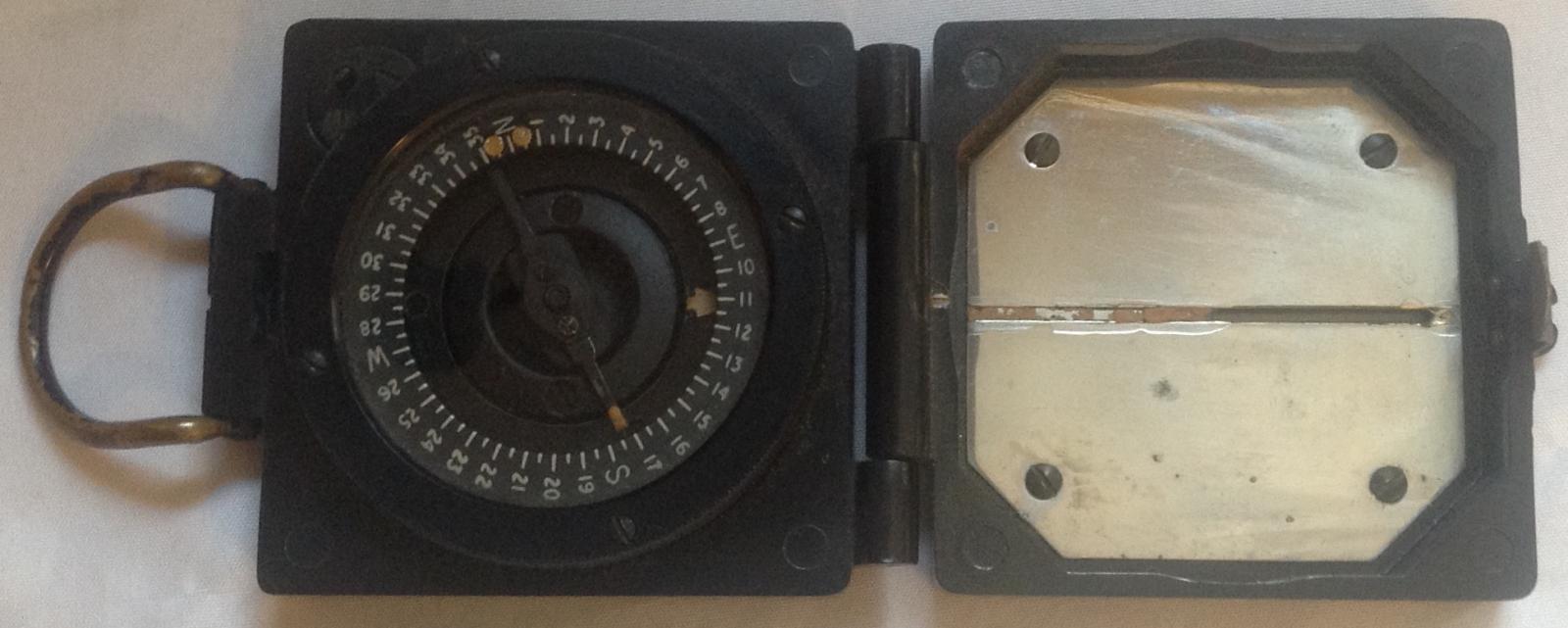
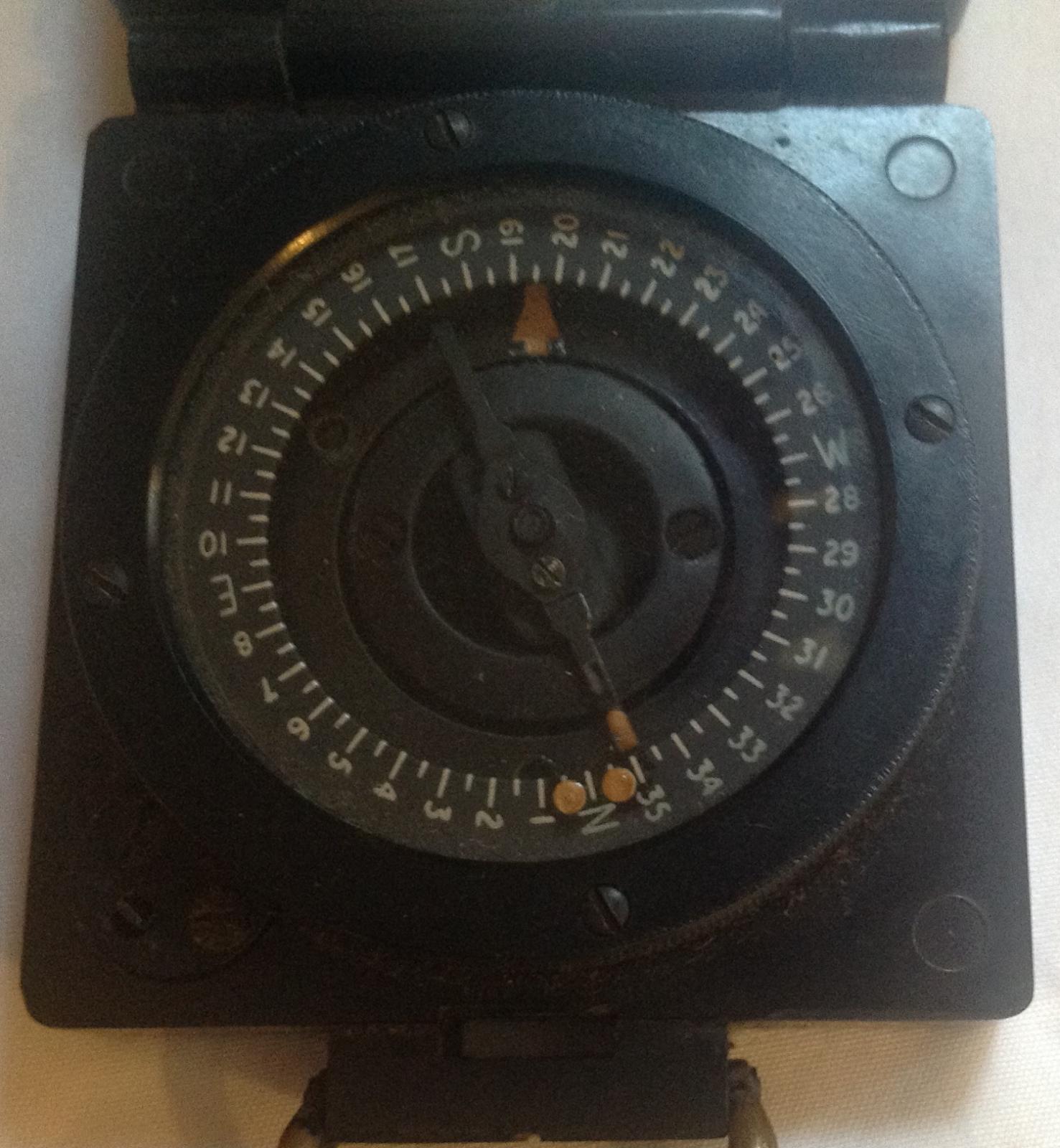
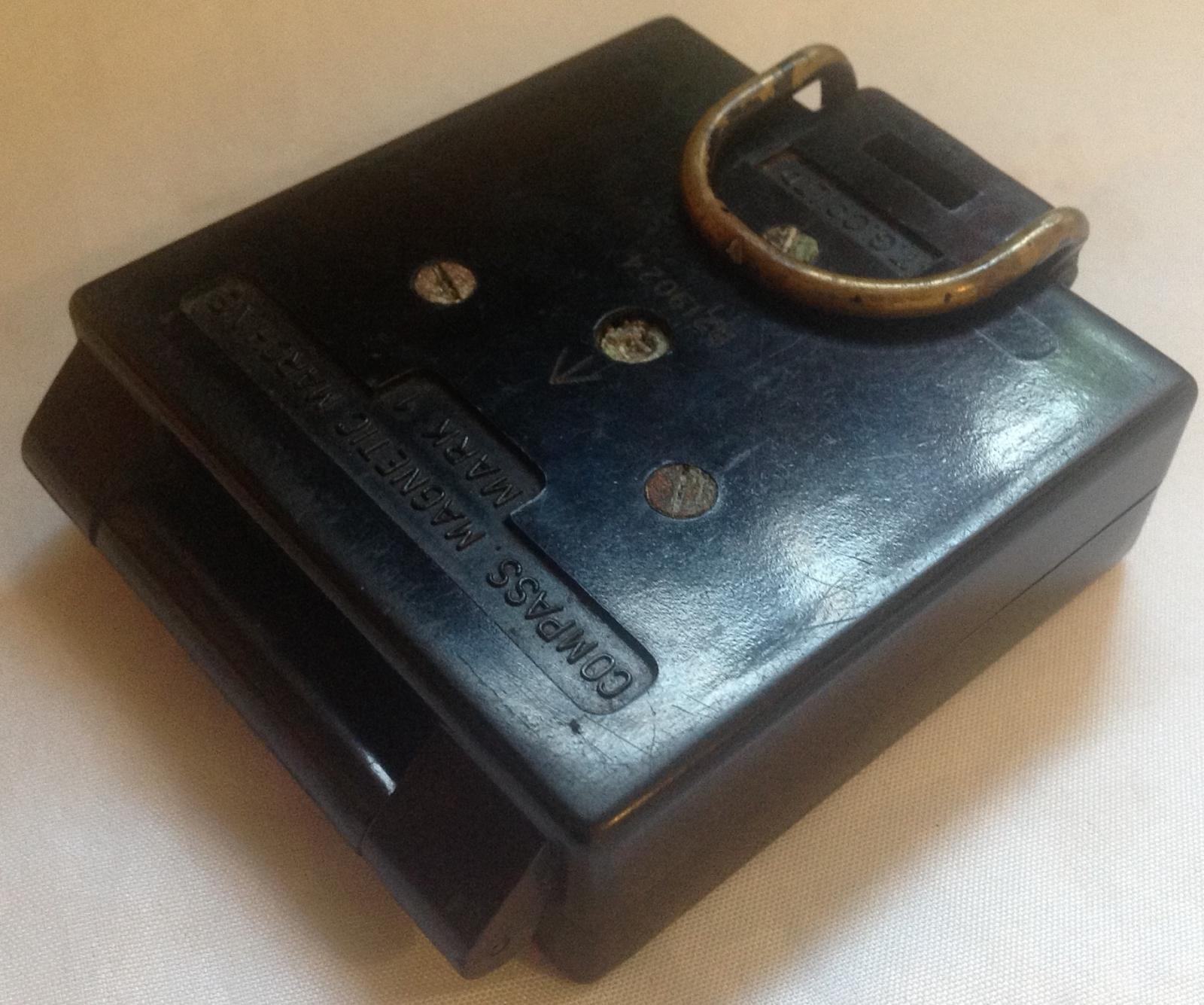
Scan this QR code to open this page on your phone ->
